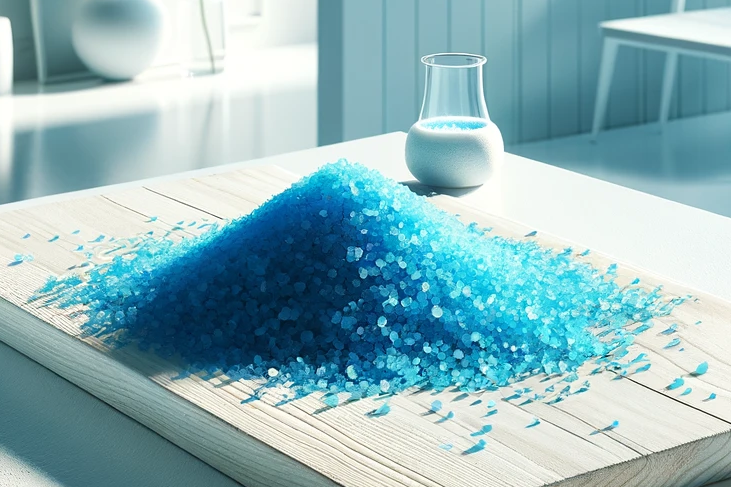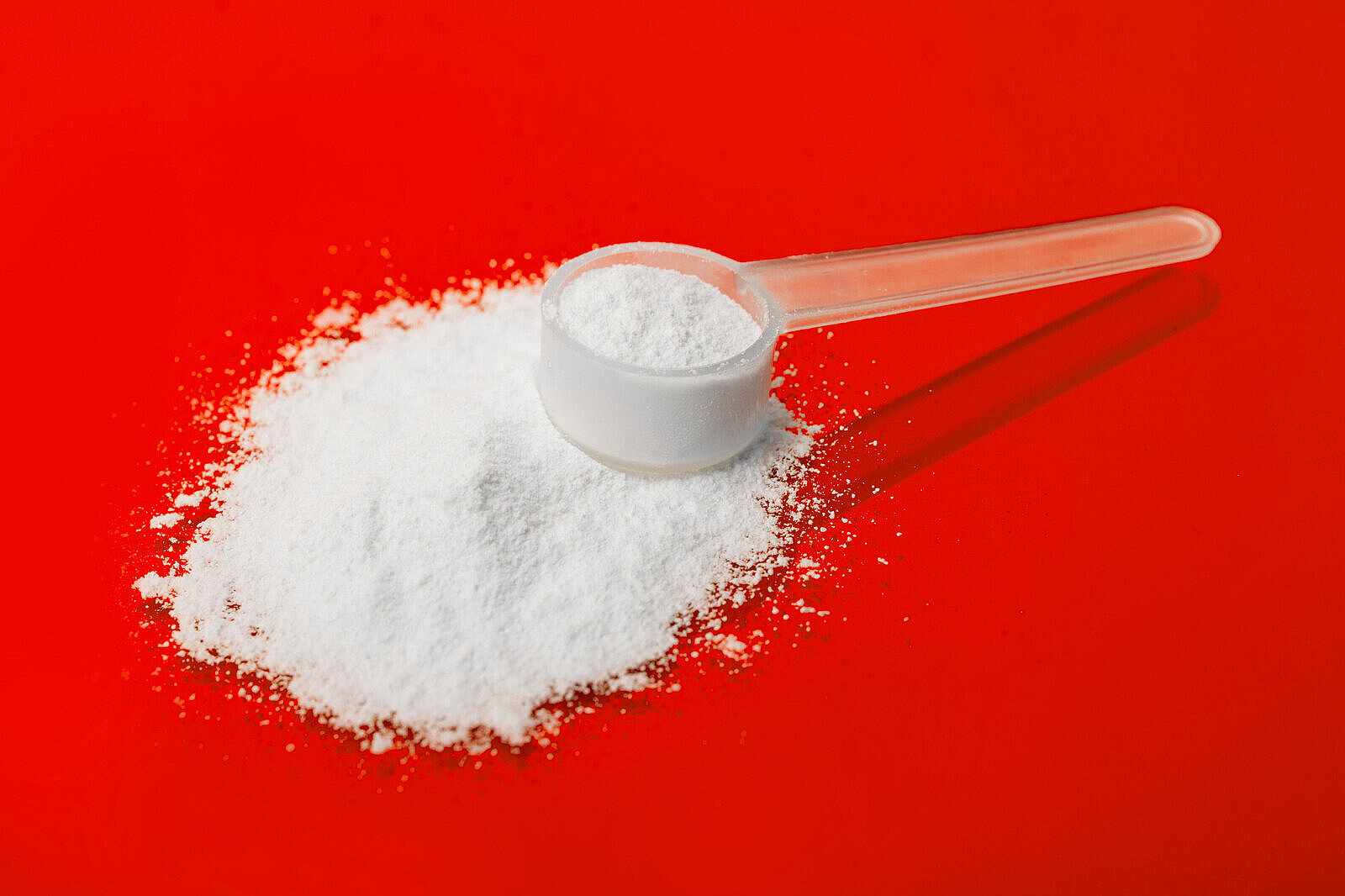Iron(II) chloride

In the complex world of dog nutrition, minerals play a central role in the health and well-being of our four-legged friends. One of these minerals that is often overlooked, yet of vital importance, is iron in the form of ferrous chloride. In this article, we take an in-depth analysis of this specific compound, highlighting its role, benefits and potential drawbacks in a dog's diet.
What is iron(II) chloride?
Iron(II) chloride, also known as ferrochloride, is a chemical compound with the formula FeCl2. It is one of the two iron chlorides and is characterized by its greenish-yellow color in hydrated form or as a grey-black powder in anhydrous form. In animal nutrition, ferrous chloride is used as a source of iron to prevent and treat iron deficiency, which can lead to anemia and other health problems.
The role of iron in dog nutrition
Important for blood formation
Iron is an essential element for the formation of hemoglobin, the protein in red blood cells that is responsible for transporting oxygen around the body. An adequate iron content in the diet therefore supports an efficient oxygen supply to all body cells and organs.
Supporting the immune system
Iron also plays an important role in maintaining a strong immune system. It promotes the development of white blood cells, which are essential for fighting infection and disease.
Benefits of ferrous chloride in dog nutrition
Effective source of iron
Ferrous chloride is a highly bioavailable form of iron, which means it is easily absorbed and utilized by the body. This makes it an effective ingredient in supplements and fortified dog foods to prevent or correct iron deficiencies.
Prevention of anemia
By promoting hemoglobin production, iron(II) chloride helps minimize risks of iron deficiency anemia. This is especially important for dogs that are prone to anemia due to their diet, age or health conditions.
Potential disadvantages and risks
Overdose and toxicity
Although iron is a necessary mineral, overdosing can lead to iron overload and toxicity. Symptoms of iron overdose can include vomiting, diarrhea, lethargy, and in severe cases, even organ damage.
Interactions with other nutrients
Iron(II) chloride can interact with other nutrients in dog food, which can affect the absorption of these elements. For example, a high iron intake can interfere with the absorption of zinc and copper, leading to an imbalance of these essential minerals.
Iron(II) chloride is an important element in a dog's diet that provides a range of health benefits, from supporting blood formation to promoting a strong immune system. However, it is crucial to maintain a balance to avoid the risks of overdose and toxicity. A balanced diet that meets a dog's specific needs, along with careful monitoring of iron intake, is the key to a healthy and happy dog's life.
If you notice any signs of hypersensitivity or poisoning in your dog, you should see your vet immediately. We are not a substitute for a vet, but we try to be as accurate as possible. Every dog reacts differently and we recommend you get a second opinion or consult your vet if in doubt.
Stay healthy and take good care of your four-legged friend!😊
Similar to Iron(II) chloride
Iron(III) chloride, also known as ferric chloride, is a chemical compound with the formula FeCl3. It is an inorganic salt that occurs both in anhydrous form and as a hydrate. This substance is...
Copper sulphate, chemically known as copper(II) sulphate, is an inorganic salt that occurs in various forms, with pentahydrate (CuSO4-5H2O) being the best known and most commonly used form. It is...
Your dog needs a sufficient amount of magnesium every day to stay healthy and productive. The recommended daily dose is around 10 to 12 milligrams per kilogram of body weight. Magnesium can be...
Sodium chloride fulfills several important functions in the dog's body. Firstly, it is involved in the production of hydrochloric acid in the stomach, which is necessary for digestion. Secondly, it...



